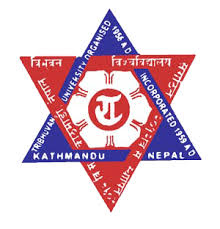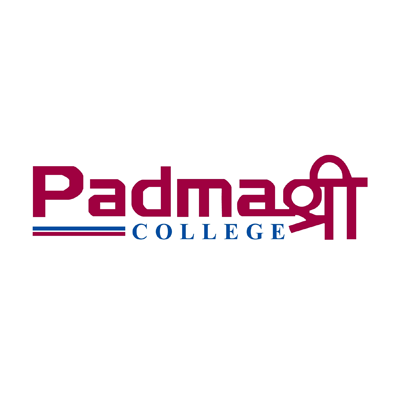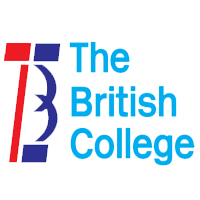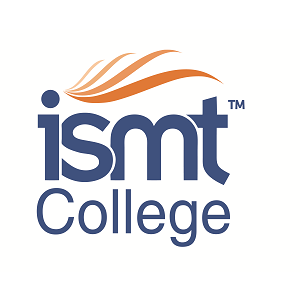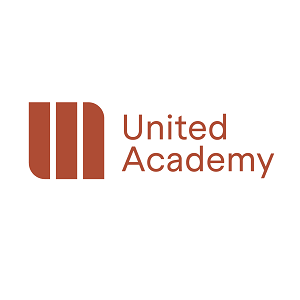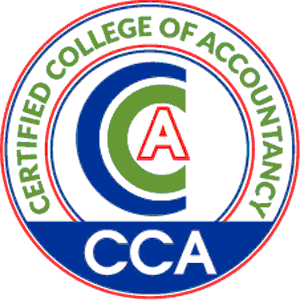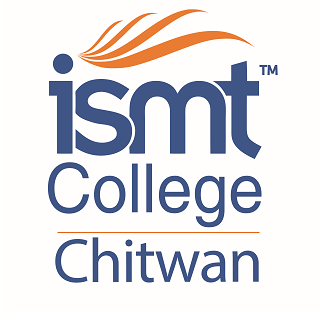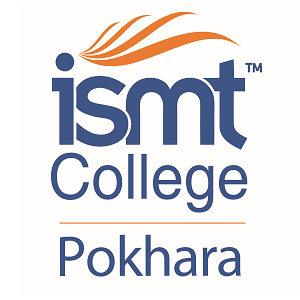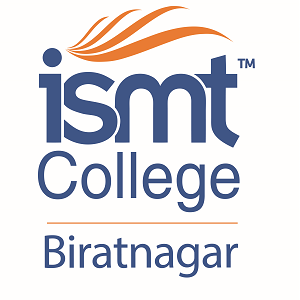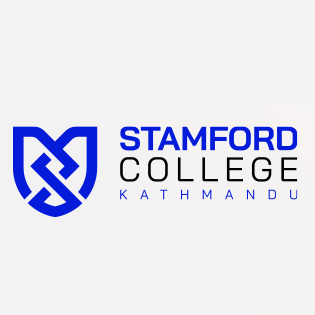Overview
BFA in Sculpture — Traditional Nepali Sculpture at Sirjana College of Fine Arts (SCoFA)
The BFA in Sculpture (Traditional Nepali Sculpture) at SCoFA focuses on time-honored methods alongside studio discipline. The pathway follows Tribhuvan University’s four-year structure and progresses from basic modeling to relief, round composition, carving, and metal casting.
Highlights
-
Sequential training: clay studies of facial features to human head and full figure.
-
Relief and round compositions based on Nepali canon and motifs.
-
Wood and stone carving under supervision; introduction to metal casting.
-
Theory in History of Arts & Aesthetics and Nepal Studies.
Curriculum Details
Year 1 lays the base through drawing, modeling, composition, and art history. Students study proportion, light and shadow, and surface treatment. Clay exercises on ear, nose, and eyes build observation and hand control.
Year 2 moves to head study, relief composition, and wood carving. Technical theory covers tools, timber properties, joints, safety, and finishing. History modules trace styles, symbolism, and regional variations in Nepali sculpture.
Year 3 advances to life study, large compositions, and stone carving. Students practice chisel handling, point work, and polishing on approved stones. An elective allows focus on a method or motif relevant to the student’s interest.
Year 4 introduces metal casting practice under strict safety protocols. Students complete a capstone that may combine clay modeling, mold making, and casting, or a large carved work. Nepal Studies links practice to heritage and community roles, followed by viva and display.
Objectives
-
Develop precision in modeling, carving, and finishing.
-
Understand iconography, measurements, and symbolic rules in Nepali traditions.
-
Produce independent works that meet studio and assessment standards.
-
Document processes for review, display, and conservation.
Scope
Graduates contribute to heritage projects, restoration workshops, galleries, and community commissions. Some work with temples, museums, and craft clusters. Others pursue postgraduate training or open independent studios.
Learning Outcomes
-
Create relief and round works that reflect canonical measures and sound craft.
-
Handle wood and stone safely and efficiently.
-
Prepare molds and understand the stages of metal casting under guidance.
-
Present a finished piece with credible documentation.
Skill Development Modules
-
Tool care and sharpening; measurement systems used in traditional practice.
-
Clay modeling from reference; anatomy for sculptors.
-
Wood carving: grain reading, carving sequences, finishing.
-
Stone carving: pointing, roughing out, fine detailing, sanding.
-
Metal casting: wax modeling basics, gating concepts, and foundry etiquette.
-
Research notes and portfolio photography.
Teaching Methodology
Studios use step-by-step demonstrations, supervised practice, and critiques. Safety is taught before entry to workshops. Faculty set milestones for each term, and students present work in internal displays.
Admission Requirements
-
Eligibility: +2 or equivalent accepted by TU.
-
Process: Application, document screening, and practical interaction that checks drawing, modeling awareness, or carving aptitude.
-
Seats and timelines follow institutional notices.
Career Opportunities
-
Traditional sculptor, workshop assistant, restoration technician, gallery artisan, or independent maker.
-
Roles in cultural tourism, museum support, and heritage education.
-
Pathways to advanced study in sculpture or conservation.
Scholarships and Financial Aid
College awards recognize high performance across departments. Students should review the current list and apply during admission.
Why Choose This Course?
The curriculum preserves Nepali craft knowledge while supporting present-day studio practice. You learn methods that carry cultural meaning and practical steps used in real workshops.
Conclusion
The BFA in Sculpture (Traditional Nepali Sculpture) at SCoFA offers structured training in modeling, carving, and casting under TU. Graduates finish with a portfolio, a display-ready piece, and skills relevant to heritage and professional studios.


